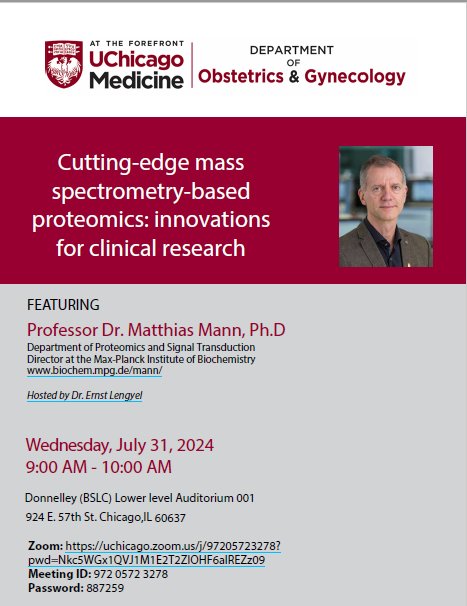
Lengyel Lab
@ovca_uchicago
The OvCa laboratory at U of C is led by Ernst Lengyel, MD, PhD and Hilary Kenny, PhD. Tweets are from lab members. @uchicago_obgyn
ID: 1568349040198430720
09-09-2022 21:23:02
16 Tweet
83 Followers
74 Following

Looking forward to the release of this episode, and the debut of my first podcast. Thanks @NCI_Bogler for this wonderful opportunity. National Cancer Institute
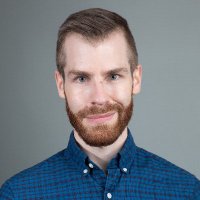
Great visit by Ruth Shouval today Lengyel Lab! So nice to meet you and share the excitement for CAFs and their central role in the TME.


The Simple Rules, ADNEX, and O-RADS ultrasound-based models can accurately differentiate benign from malignant adnexal lesions. ja.ma/44MHlg5 Lengyel Lab UChicago Obstetrics and Gynecology Department Roni Yoeli-Bik Genetic Whisperer Melanie Weigert Jacquesdeparis Ernst Lengyel

Dr. Yoeli-Bik from our lab showed that the The Simple Rules, ADNEX, and O-RADS ultrasound-based models can accurately differentiate benign from malignant adnexal lesions. ja.ma/44MHlg5 Lengyel Lab UChicago Obstetrics and Gynecology Department Roni Yoeli-Bik Melanie Weigert Jacquesdeparis

Great study coming from UChicago Obstetrics and Gynecology Department Lengyel Lab - demonstrating good reproducibility of adnexal mass scoring systems to predict malignancy in a cohort of over 500 patients. Great work Roni Yoeli-Bik Ernst Lengyel


Congrats to Abir Mukherjee, PhD Ernst Lengyel & team at Lengyel Lab for uncovering mechanism of metabolic reprogramming in ovarian cancer metastasis!


New publication led by Dr. Hilary Kenny, now in Molecular Cancer Therapeutics: Dual inhibition of Bcl-2/xL (navitoclax) and survivin (YM155), combined with carboplatin, reduces ALDH^hi cell populations and tumor burden in HGSOC models. Read: aacrjournals.org/mct/article-ab…


We received the cover for our recent publication in Clinical Cancer Research. This multi-institutional study offers the first systematic proteogenomic analysis of synchronous endometrial and ovarian cancers (SEOC). Read: bit.ly/4kVgq9L Lengyel Lab Melanie Weigert Matthias Mann Lab


We're excited to share that our latest work is featured on the cover of Clinical Cancer Research. This multi-institutional study offers the 1st systematic proteogenomic analysis of synchronous endometrial and ovarian cancers (SEOC). bit.ly/4kVgq9L Ernst Lengyel Melanie Weigert Matthias Mann Lab

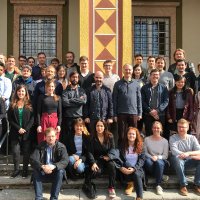
Our paper on ovarian cancer #LGSC is out in Cancer Cell. Using deep visual proteomics #DVP and spatial transcriptomics, we mapped how non-invasive tumors become deadly ovarian disease, and found a promising new treatment combination. cell.com/cancer-cell/fu…

An interdisciplinary study Matthias Mann Lab & UChicago Obstetrics and Gynecology Department uncovers how benign borderline ovarian tumors develop into invasive low-grade serous carcinoma, opening a new avenue for targeted therapy. ❕Publication: cell.com/cancer-cell/fu… ❕Press Release: biochem.mpg.de/when-tumors-tu…

Proud to share our latest work now in Cancer Cell. In collaboration with Max Planck Institute of Biochemistry (MPIB), we map the progression from borderline ovarian tumors to low-grade serous ovarian cancer & propose a promising new therapeutic strategy. sciencedirect.com/science/articl… #LGSC #SBT


New from the Lengyel/Kenny Lab: our study in Cancer Cell with Matthias Mann Lab charts how borderline ovarian tumors evolve into low-grade serous ovarian cancer, using spatial proteo-transcriptomics to uncover molecular drivers & potential therapeutic targets. sciencedirect.com/science/articl…

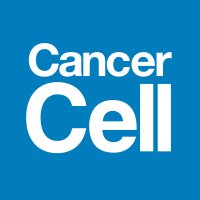
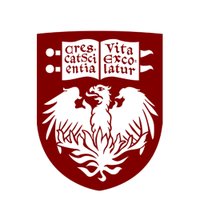
🔥 Hot off the press: In a new nature study, Ernst Lengyel and team show that blocking NNMT in tumor-supporting cells restores immune response & stops ovarian cancer growth, offering a new strategy for hard to treat cancers. Lengyel Lab UChicago Obstetrics and Gynecology Department ow.ly/zzfZ50Wu3UW

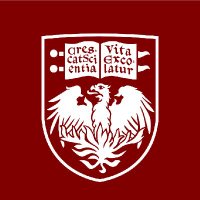
New in nature: Drs. Ernst Lengyel, JannaHeide, Lengyel Lab & team discovered a first-of-its-kind NNMT inhibitor that reprograms cancer-associated fibroblasts & restores immune response in ovarian cancer, marking a major step toward better therapies. nature.com/articles/s4158…

